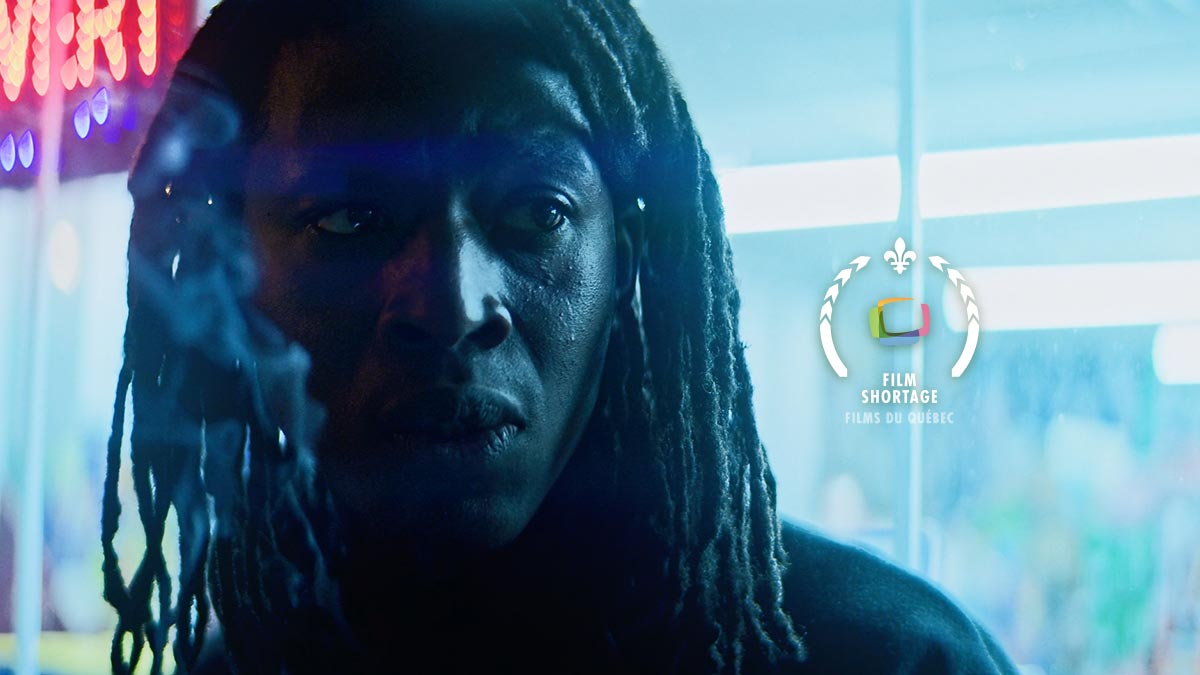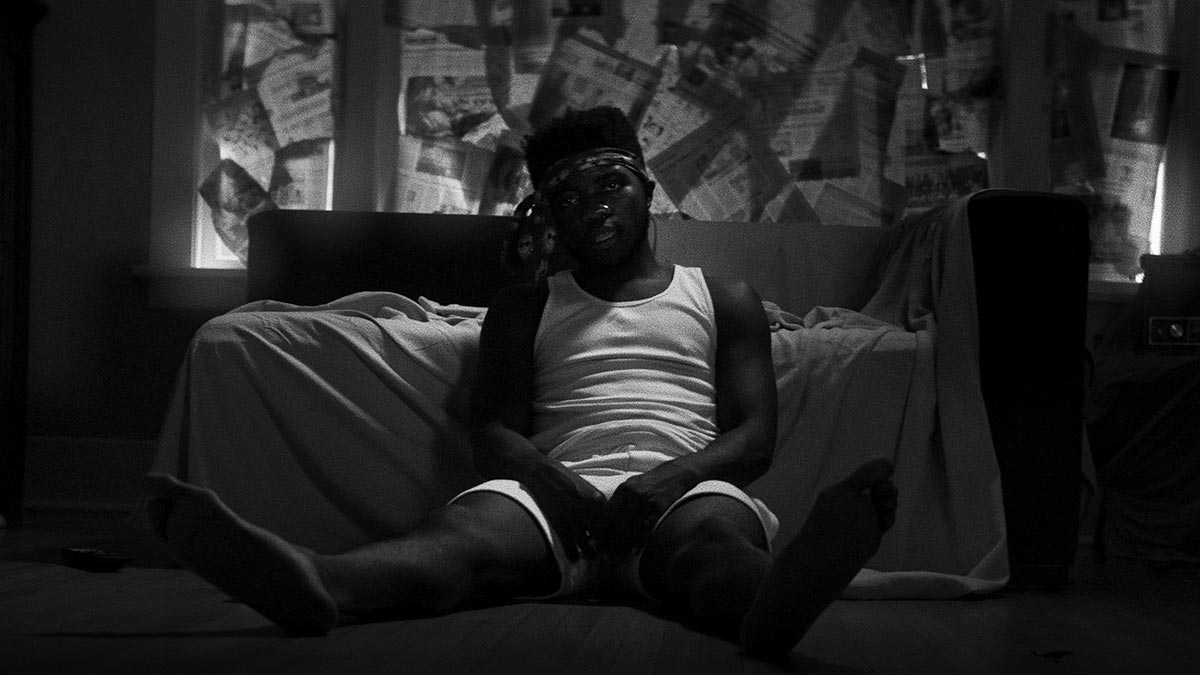A seemingly routine pizza delivery escalates into a tense game of cat-and-mouse.
Certain films simply gain in importance with age, and perhaps become even more relevant in changing times. Gary Nadeau’s ‘Pizza Verdi’ premiered back in 2012 – but feels like a narrative that could have just as easily been written today. The story toys with our prejudice as seemingly routine pizza delivery escalates into a tense game of cat-and-mouse. The film quickly became a fan favorite through festivals and particularly online. We can see how this film directly inspired other artists – even almost a decade later. An Occurrence at Averne by Robert Broadhurst quickly comes to mind. We spoke with director Gary Nadeau who told us a little more on the film:
Can you tell us what inspired you to bring this story to life?
Manhattan and the convergence of all its diverse inhabitants… crammed and slammed together on this little island, city block, street corner … co-existing for better or worse.
Also, I had just finished directing a concert of french opera music called “Suite Française” for singer Marie Zamora (the actress in the film) and that experience was the inspiration for the inclusion of opera in the short.
Did you expect at all the success and acclaim this film received online?
I wasn’t sure how it would be received. At the time I didn’t have the patience for the slow submission process that comes with the film festival circuit. I was interested in just getting it out there, so, I uploaded the film to Vimeo/YouTube and hoped for the best… The response was almost immediate and overwhelming. That exposure actually opened the door for dozens of Film Festivals all over the world to include “Pizza Verdi” as part of their short film programs. The film really resonated with audiences – it’s strangely interactive in the way it gently asks the viewer to examine their own unconscious biases.
Was the film originally shot in black in white? Or was it an editorial choice? If so, why?
Yes, we actually shot the film in black and white. I wanted the film to have a minimal non-distractive aesthetic. I hoped the viewer would bring their own preconceptions and biases to the experience without any nudging from me… I do have a few subtle visual cues in the short that might be considered leading or misleading – but overall it’s very straight forward. I think it’s that designed rigidity that allows the viewer to focus solely on the taut situation at hand and come to their own conclusions.
What was the most challenging scene for you to film?
The reveal was tricky for me. Initially, I thought I really needed the reveal to be a like a “punch in the gut”. It is a thriller of sorts after all… I tinkered with that moment in the edit for a while… until I finally realized that the more “nonchalant” approach was the way to go… let the viewer get it – when they get it. When they do … they’ll quickly rewind the entire film in their head or watch it again.
What has this film taught you about filmmaking?
You never know where your little idea might take you.
Do you have any tips or advice to offer fellow filmmakers?
Here’s some advice that I wish I’d follow more… just keep making stuff… don’t wait for permission.
What are your favorite short films?
I love short films with minimal dialogue… The Red Balloon has always been a favorite. Oscar Wilde’s The Happy Prince by Mike Mills, The Snowman… these heartfelt gems were my introductions to cinema as a child.
Which films you can say directly inspired this film?
I think a short film that made an impact on me as a young man, and probably influenced this a little, was “An Occurrence at Owl Creek Bridge” the twist knocks you on your ass. You never see it coming – but you know something’s off. It’s obviously a much more intense film than mine but it’s really economic on how it tells its story – every frame counts.




